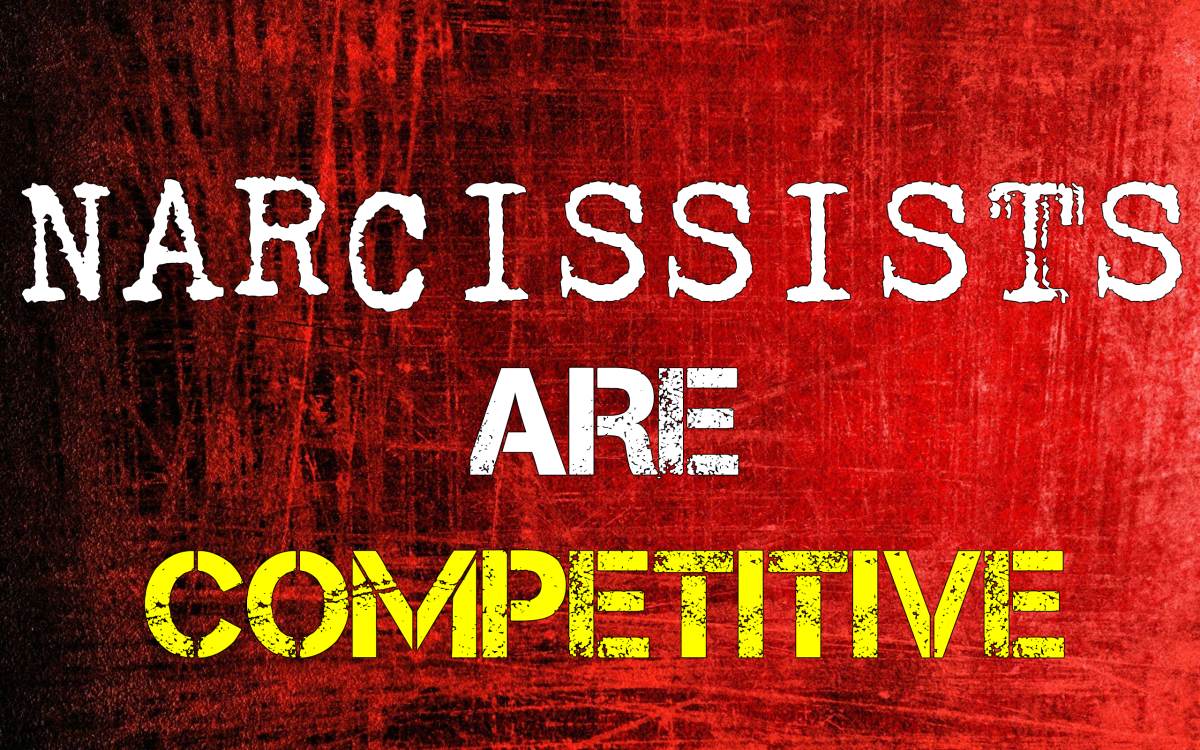21 Ways to Sustain a Flourishing Fashion Business in a Slow Economy
Is Cost Cutting the Ultimate Response to a Competitive Economy?
We may think that cutting cost is the best approach to managing a business in a tight and competitive economy. And yes, it is prudent to cut costs. But a fashion boutique demands aesthetics and a degree of panache, so soon you will have reached the level of cost cutting that the business can tolerate. In my experience centering the customer in all things creates loyalty which leads to repeat business. This is the number one consideration. And don’t forget to be authentic and reliable in business. Not only will this enhance your self-comfort, but also your customers will notice before long, and everyone likes to know that he /she is served by a trustworthy operation.
Make the customer the center of your business

21 Ways to a Profitable Fashion Business
The 21 ways are in no specific order of importance. They all are important. They are grouped into action related to - Sales ; Custommer Service; Aesthetics; The Competition, Business Strategy; Costs.
Create Sales

Selling is your Main Reason for Being in This Business
Strategies to attract sales include:
- Lay away plan – this allows the customer to pay in two installments. Not only is it convenient for the customer but it can help to build customer loyalty. Rules about down payment and collection time frame must be clearly established. Ensure that your customers know about this.
- Create discount days – there are a number of stores that offer discounts on specific days that tend to be slow. Some may target specific categories of items while others may offer a full store discount on that day of the week. Promote this to your customers and place related sale signs visibly but discretely. One of the local haberdasheries in my community offers ‘discount Wednesdays’ and on that week day every item is discounted by 10%.
- Create clearance counters – this is very attractive to shoppers. There are shoppers (like me) who seek out clearance counters. If they find interesting items at a cheap price they often linger and soon begin to browse the regular store items.
- Special discounts – a store may offer a discount for a short period such as a few days. You will make sure (via email or general advertisement) that your customers are aware of this happening. There are specific seasons when customers expect to go discount shopping, such as Black Friday and Fashion week. Make a note of these events and take part. Your customers will love you for it. Special discounts may also take the form of a range of percentage reduction on the price of selected items. A store may advertise discount of up to 50% on selected items. Among these there are items reduced by 10%, 20%, 50%, for example. Place these discount signs visibly but discretely. I think that I am a typical shopper and when I receive an email about special discounts my interest is perked and I usually inform my friends. One of my home stores offers birthday discounts to their regular shoppers.
Discounts attract shoppers, deep discounts attract more and more ... but remember - try never to discount below total cost of item.
Good Service Brings $Returns

Customer Service:
If you bear in mind always that the 'customer is King' then customer service becomes easy enough:
- 5. Personalize your customer communication – You should have contact information for most of your customers and certainly all of your regular customers. Send them email updates of new arrivals and special discounts. Your computer software should automate the process of addressing each customer by name. My friend Monika has a tiny boutique away from the regular shopping malls but she ran a successful business by maintaining a customer database and contacting each one when she had new arrivals. Of course her other great asset is that she has a good understanding of the types of items her customers want.
- 6. Be responsive to customer concerns – respond intelligently but do not promise what you can’t deliver. If something went wrong admit it and apologize. If the customer is genuinely unhappy with a purchase for reasons that are not spurious, offer a useful compromise. It is better to take this as a loss than to create an angry customer which could have detrimental repercussions. On the other hand a satisfied customer is likely to be a repeat customer and bring along friends.
- 7. Create multiple information channels – many of your customers may be social media enthusiasts but some are still wedded to the old information channels such as email, radio and print. In my environment the Millenials are not the Facebook enthusiasts that they used to be. They seem to have moved largely to Instagram and Whatsapp. The 40 and 50-year olds are however still quite enthusiastic over Facebook.
Visual Appeal, Ambiance

Appeal to the Visual & Comfort Instincts
At our store City21 we noticed that shoppers enjoy the space nearly as much as they enjoy the items. Shoppers are willing to spend more, shop longer in an appealing space.
- 8. Storefront – create an attractive storefront and change it from time to time. Seasonal changes are important. The casual visitor will be tempted to enter your store if it is visually inspiring. One of the strategies we used in our boutique (which was a physical store) was to paint our store front mannequins, and this made them visually striking. Select items to showoff your store and place them prominently on mannequins or in special show places.
- 9. In house comfort and ambiance – think about the comfort of your customer when planning store layout. A pleasing atmosphere will encourage people to stay, browse, and hopefully purchase. In planning the layout be sure to ensure good visibility of items and strategic placement of related items and of interest goods. Try not to go overboard with seating so as not to encourage potential customers to simply sit and relax. If you have a touch of creative flourish, use it. In our City21 boutique we used drift wood to create a rustic beach effect and also for hanging select items on show. This created immediate visual interest to persons entering for the first time.
Know the Competition

Be Wise to Competition:
Know the competition
- 10 Observe the competition – the competition is always observing you, but it is more important that you observe them. Not every fashion store will necessarily be your competition. But those that are appealing to the same market segments are. Pay special interest to those which seem to be more successful in order to learn their secret. One of the things I often did was to shop at my competitors' establishments and observe the pros and cons of their business.
Make The Business Manageable

Employ Simple but Effective Business Strategies:
Your strategy is your carefully devised plan of action and plan of business.
- 11. Develop a strategy to create dedicated & repeat customers – one direct way of doing this is to maintain a customer database with an email address. Customers must give approval to receive your mail outs.
- 12. Determine a pricing formula or strategy and stick to it – this reduces pricing uncertainty, allows you to show the price on each item, and allows you to automate inventory pricing which otherwise is a tedious manual operation.
- 13. All items must be tagged with code, name and price – customers do not want to be surprised at the checkout counter. Many customers do not pick up un-tagged items. I certainly do not.
- 14. Create a strategy for marketing and promotion - promotion and advertising can be very expensive and can also offer very little returns. Your strategy must take into account your primary customers in order to determine the advertising medium, the approach, and the content. There are several inexpensive ways of promoting online. You should investigate them. It is important for a fashion boutique to have a website and a social media presence. My suggestion would be Facebook and Instagram at least. Remember too that there are still some sound non-online methods of advertising. Write and publish articles about your store or your industry ensuring that your logo and contact are affixed. Never be without your business cards, making sure that the style and details capture the spirit of your business.
- 15. Determine a budget for marketing and promotion – this is part of your marketing strategy.
- 16. Business practice – operate an honest business, be authentic in business affairs, write your business policies, rules, and expectations clearly and succinctly so that they are understood by all partners, employees and associates.
Cost of Business

Pay attention to both Overhead Costs and Cost of Goods
- 17. Reduce operating overheads without creating the impression of shabbiness. The following practices were employed with significant positive effect in the City21 boutique which I operated a few years ago:
◊ Reduce electricity cost by adding fans throughout the store and switching off electricity periodically possibly mornings and evenings when it is reasonably cool. In addition, ensure that efficient lighting is being used throughout.
◊ Reduce staffing, particularly in slow periods. For instance if Tuesday,
Wednesday are slow days you may use fewer staff on those days.
◊ You may create late openings on specific days if your data shows limited activity on weekday mornings, say.
- 18. Astute buying – an experienced and informed buyer will be cognizant of cost of items because he has an innate knowledge of what it can be sold for in his market. The transaction data you collect will show fast moving items, under/over stocked items. The buyer must also be aware of current trends. An effective buyer will seek to establish relationships with various merchants and manufacturers. He will know that there is a cost to both overstocking and under-stocking. He will know how to buy seasonally to obtain the best discounts and if one is buying in small quantities it is important to look for bargains.
- 19. Investigate the pros and cons of ‘make’ vs ‘buy’ – In developing economies the potential to produce some of one's inventory is very real and can be cost effective. These economies boast significant numbers of talented seamstresses. However many of them are not good designers so in order to use this option effectively we at City21 used the Internet and fashion magazines to facilitate the design process. Many small boutiques have found the 'make' option to be not only cost effective but also to allow creation of a specialization which might not have been easily obtainable otherwise.
- 20. Regularly analyse trends in your sales to see whether to adjust your line of products. This may cause you to create items for clearance sale. As far as possible do not discount below cost. Of course there will be times when items must be cleared to make room for new inventory. Remember that shop space is a significant cost.
- 21. Staff – in a small business the cost of staff is a large portion of the monthly income of the enterprise. Your business cannot afford under-performing staff. Neither can it afford to be overstaffed.






